First look inside the Living Desert Zoo and Gardens new bobcat kitten’s habitat
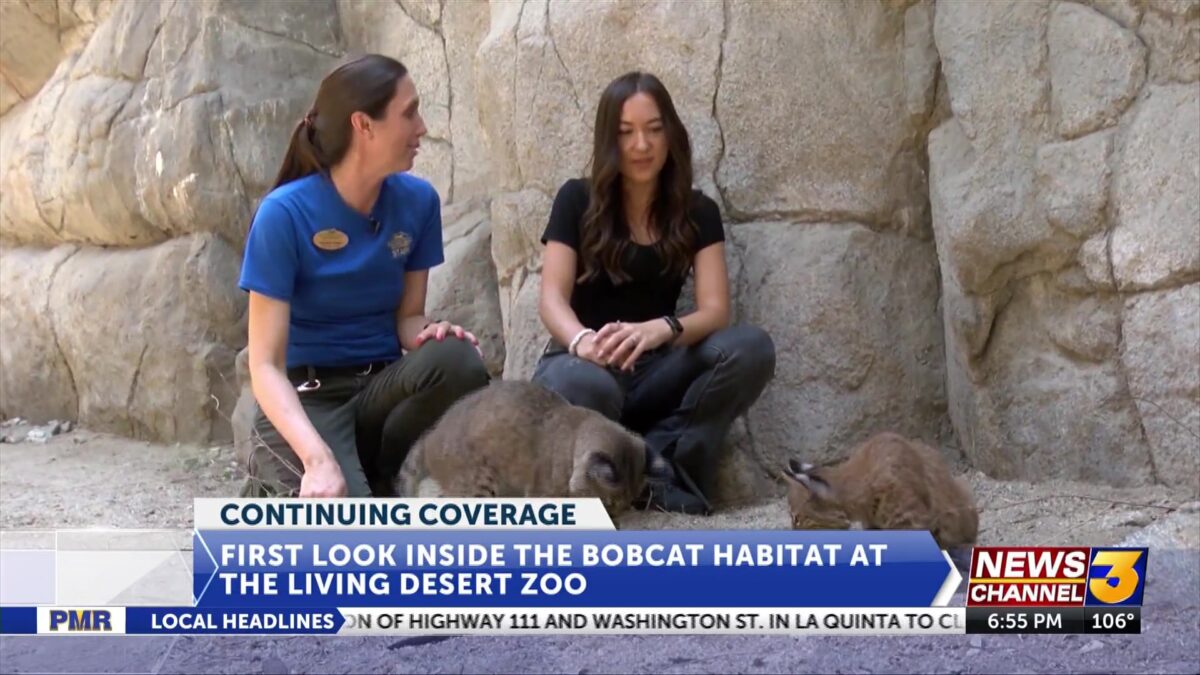
Tori King
PALM DESERT, Calif. (KESQ) – News Channel 3’s Tori King is getting a first look inside the habitat featuring the zoo’s new bobcat kittens.
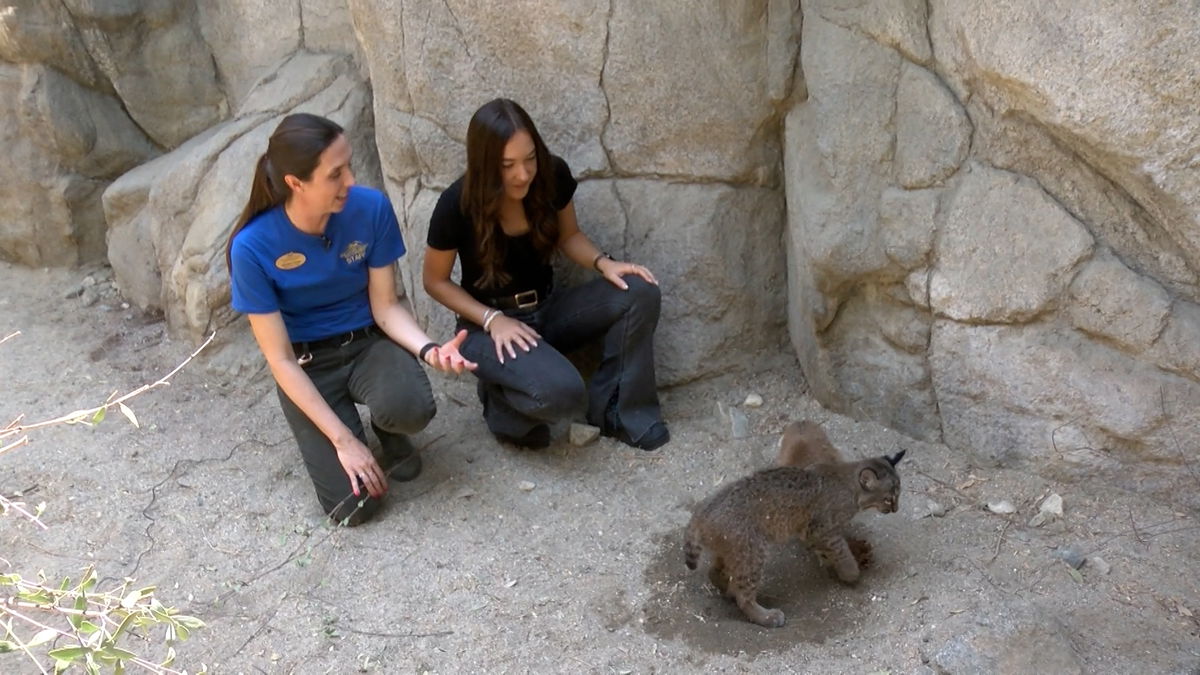
The kittens, David and JoAnne, are siblings who were rescued back in April. They have spent the last few months getting rehabilitated. Back in April, the Living Desert Zoo and Gardens introduced two bobcat kittens to their new habitat and what care professionals are calling their “forever home.”
According to the zoo, David and JoAnn are brother and sister, and were brought to the zoo from Oregon. The young kittens were found in a box on a driveway near Springfield and Eugene. Officials with The Living Desert are unsure who took them, where they were found originally, or where their mother is. According to the Zoo, when the kittens first arrived in California, they were only two pounds, and since then, thanks to round-the-clock animal care, they’ve grown to a healthy seven.They’re expected to be fully grown in just a few months.
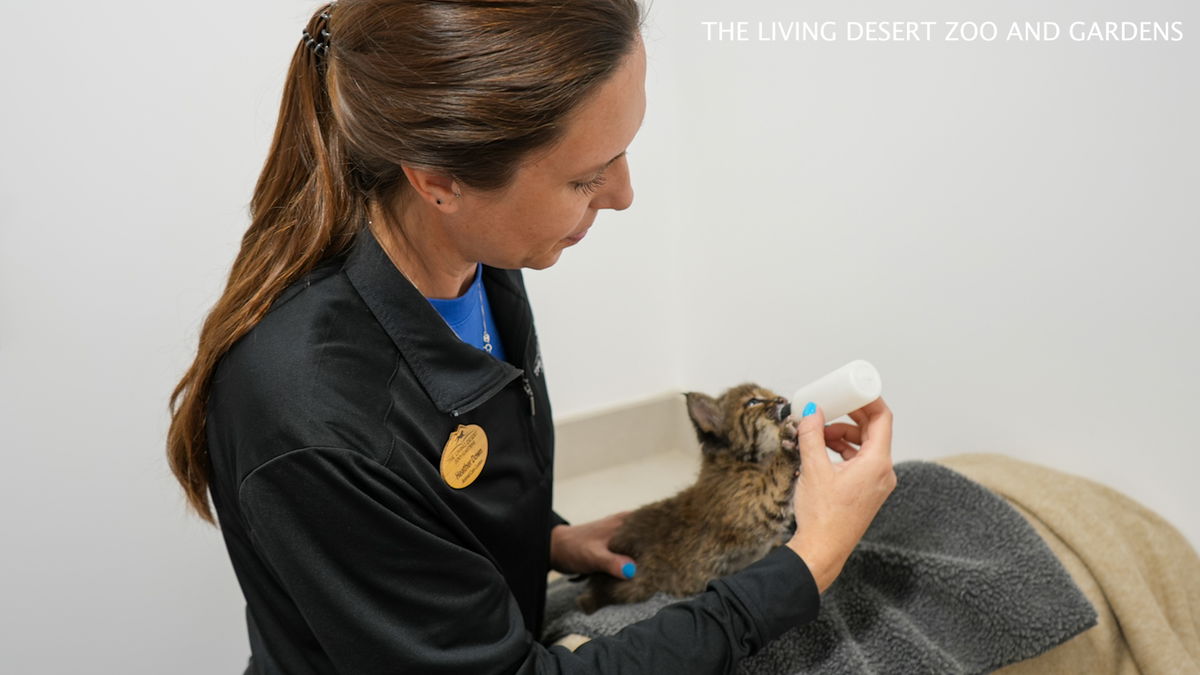
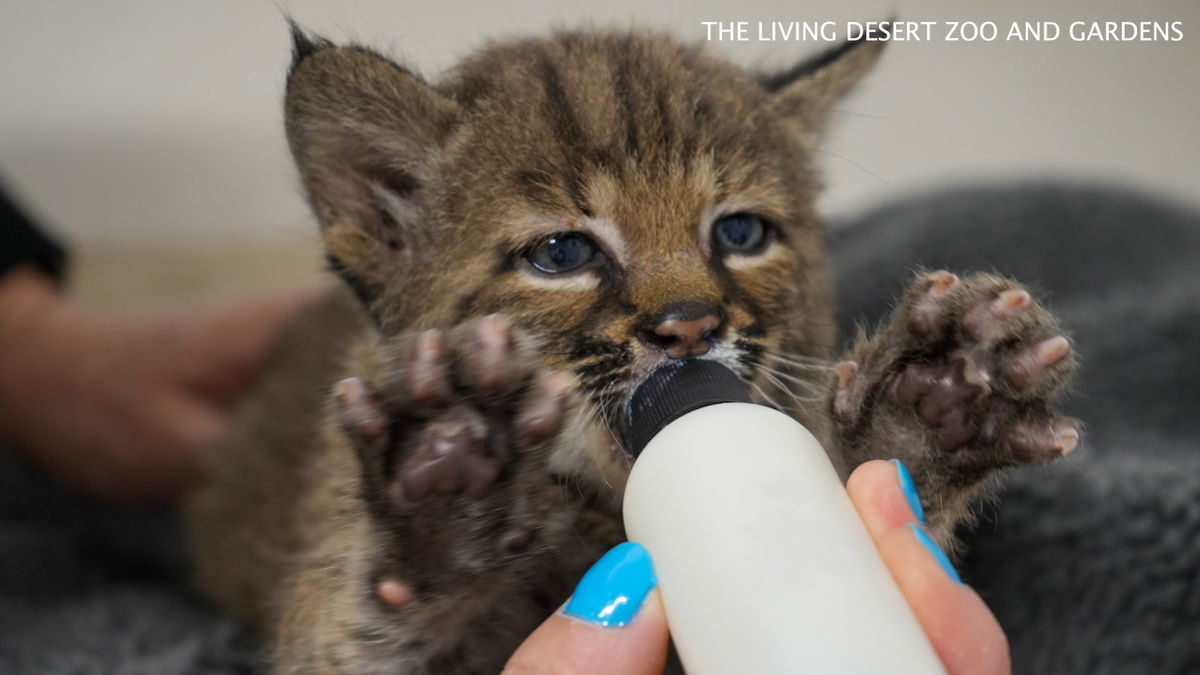
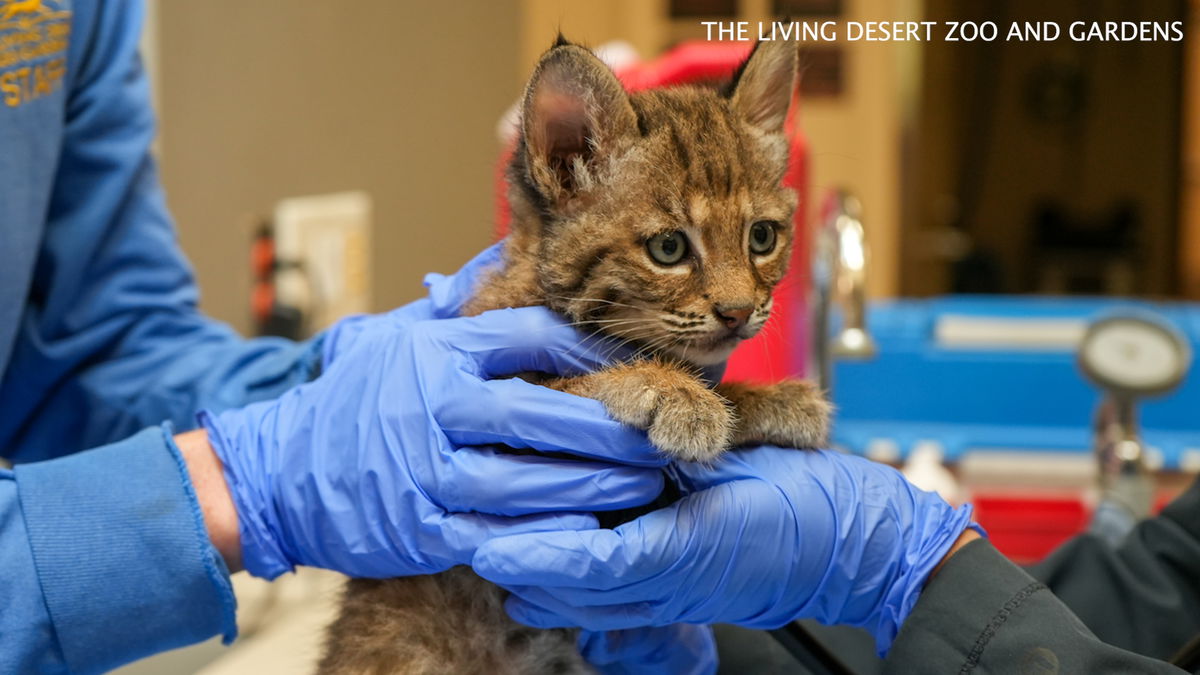
News Channel 3’s Tori King has been following their story since the beginning. And on Monday, she got an up-close encounter inside their unique habitat with Animal Care Curators.
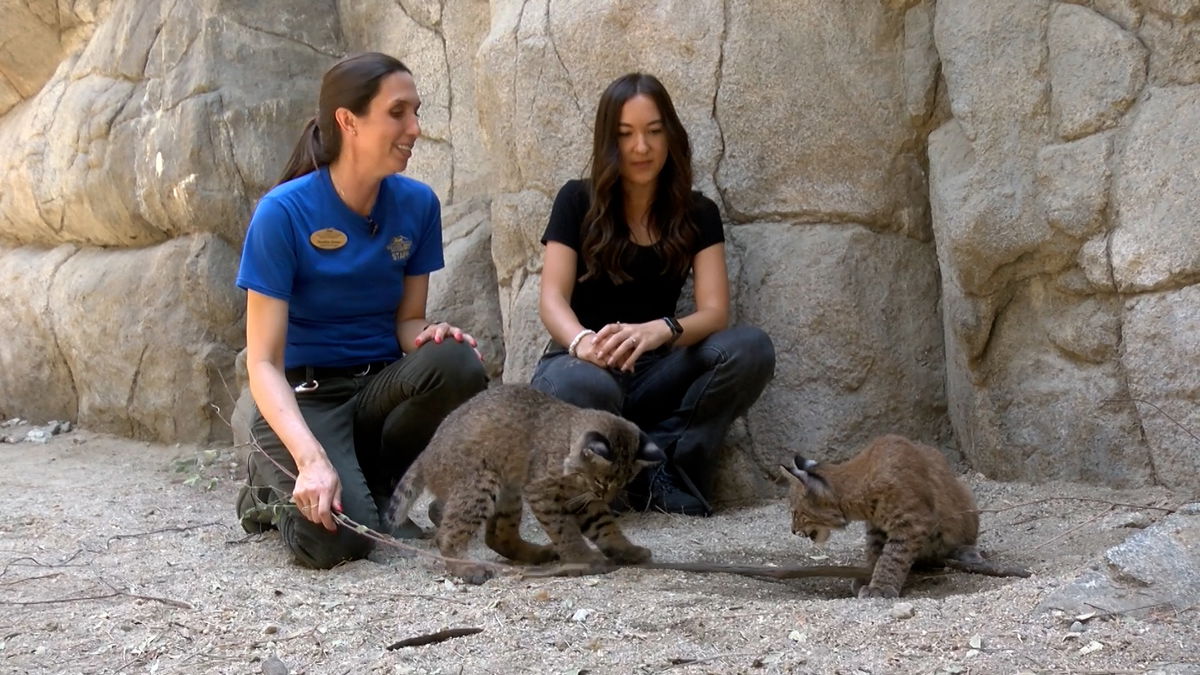
“It’s taken a lot of care and effort to get them to this point,” said Heather Down. “They’re currently around seven pounds, so full grown, they’ll be in the 20 to 25 pound range.” The kittens new home is a specially designed habitat designed to replicate their natural desert environment. It comes with native vegetation, dens, and an irrigation system to keep them cool. And they also eat a diet uniquely made for bobcats.
“Right now the bobcats are eating whole prey mice and ground meat,” said Down. “We’re changing their diets about every week because they’re growing that fast.”
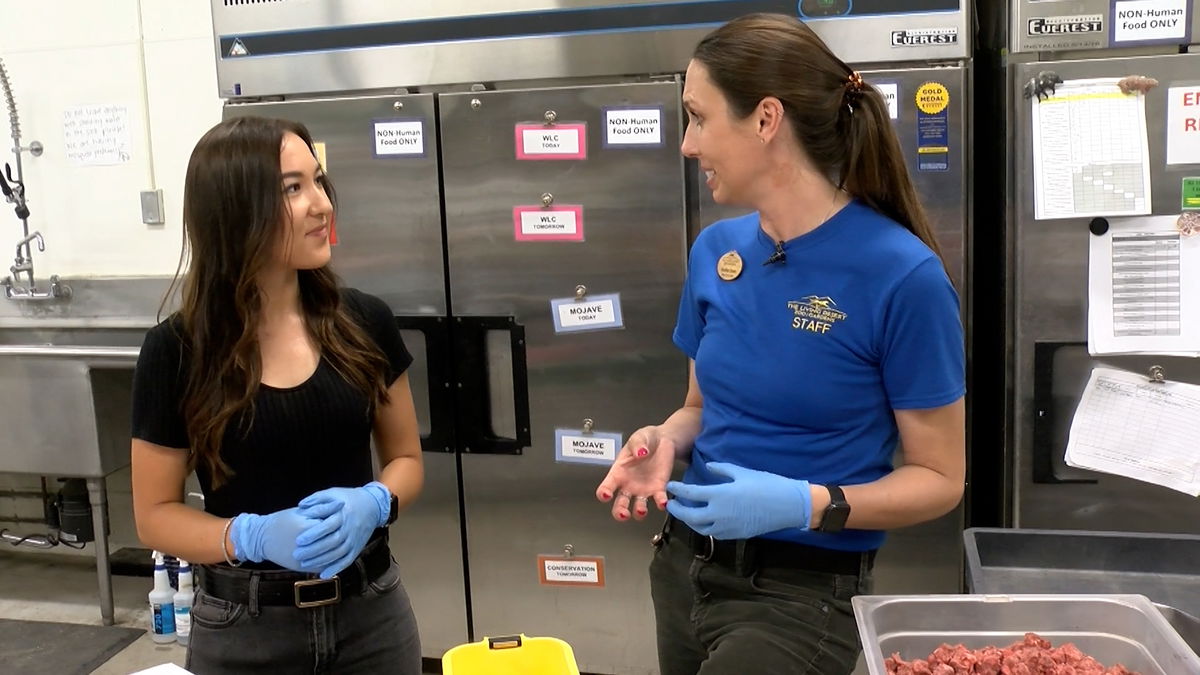
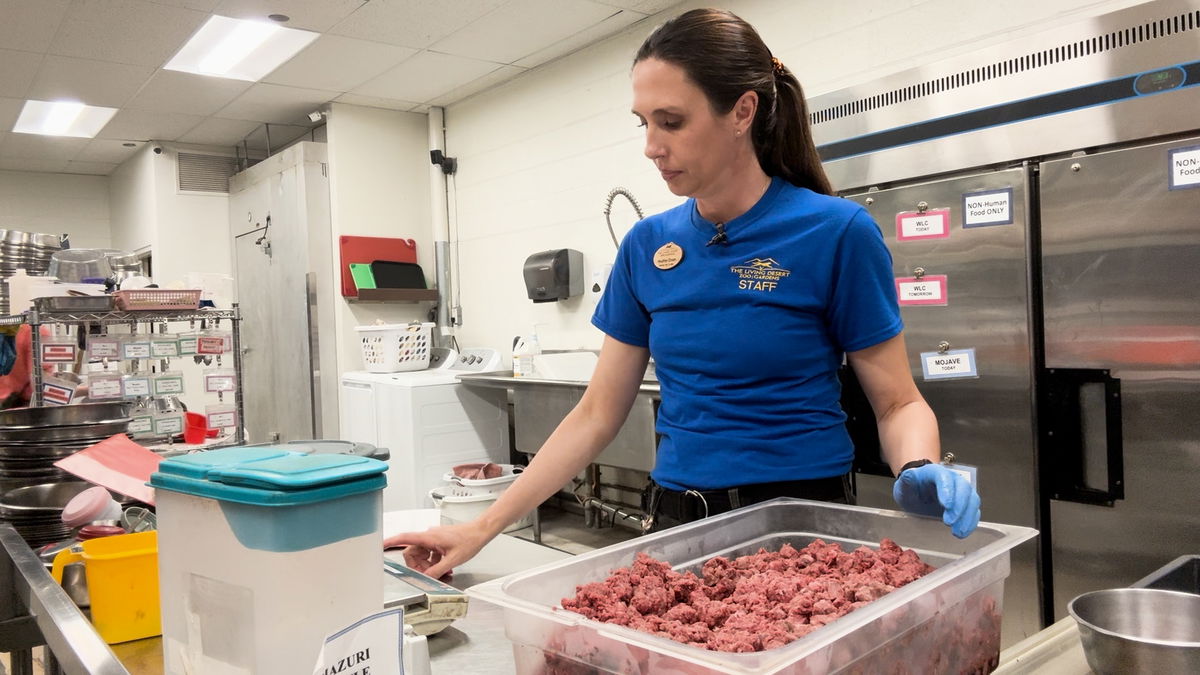
Now, Animal Care Curators like Down are working with the kittens to continue learning natural behaviors, however, they are limiting touch and contact, something they say is important as they progress into adulthood.
“At some point, it was really important to us that we start to start to back off as humans, and also as their second mom of sorts,” said Down. “Because we want them to not be habituated on us. We want them to be comfortable with us, but to understand that they are bobcats. And we want them to go do Bobcat things like they would in the wild.”
Despite the incredible turnaround the kittens have made, rehabilitation can have its limitations. According to the Living Desert Zoo and Gardens, the siblings aren’t able to be released into the wild.
“We have world-class experts here, but because these two came to us at such a young age and they required hands on care and bottle feeding, we’re unable to provide the exposure and the experiences that their mom would have taught them,” explained Down. “We can teach them a lot, but these two haven’t been able to learn survival skills or develop those instincts that a bobcat would naturally. Since we can’t provide that for them, and because hands on care was what they needed, they were not candidates for being released.”
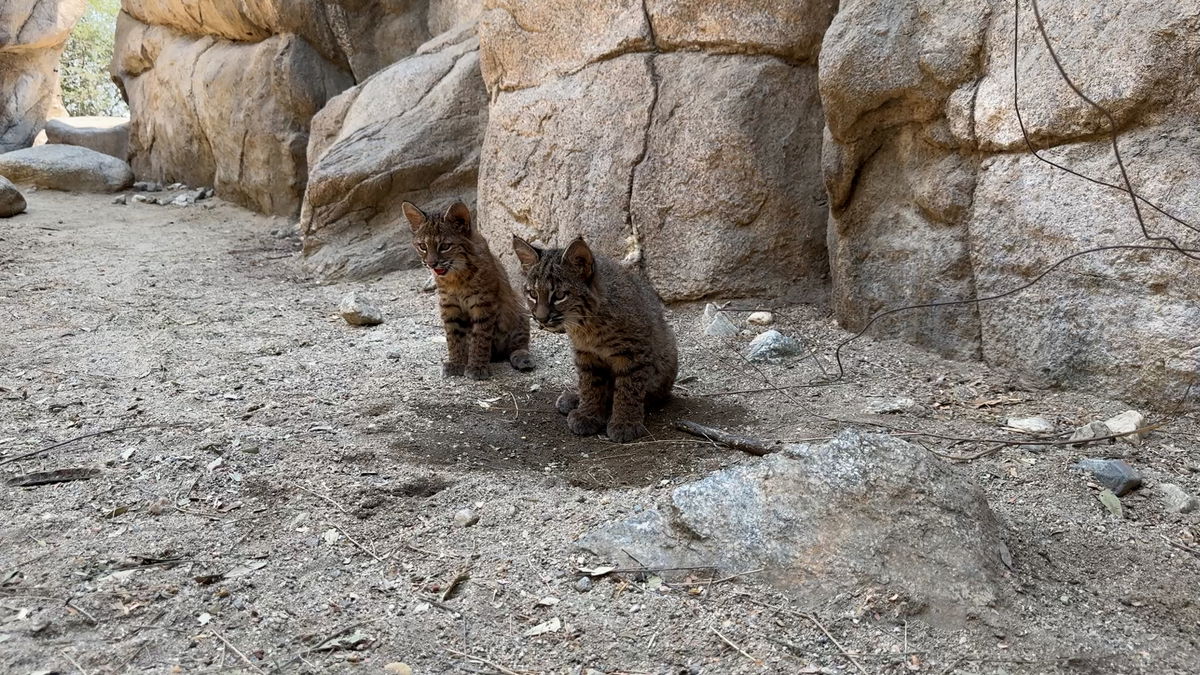
Both kittens can be seen by the public seven days a week at the Living Desert Zoo and Gardens.
“We are committed to them for forever, and we are very thankful to have them here,” said Down. “Just to tell their story and share their message.”
And it’s important to note that if you see the kittens panting, its normal behavior. Bobcats are actually native to the desert, and are used to the heat, however, they have no way to sweat, much like dogs, so instead, they pant.
“Education and coexistence is so important,” said Down. “This is their natural habitat, and they are made to handle this weather. I mean, look around the Coachella Valley. Everywhere you turn there’s desert, and mountains, and natural land. And so as we start to develop and grow, it’s really important that we recognize the impact that can have as humans on their natural environment. Finding that balance on how we can coexist with these animals is really important, and we hope these kittens inspire people to learn more about them.”